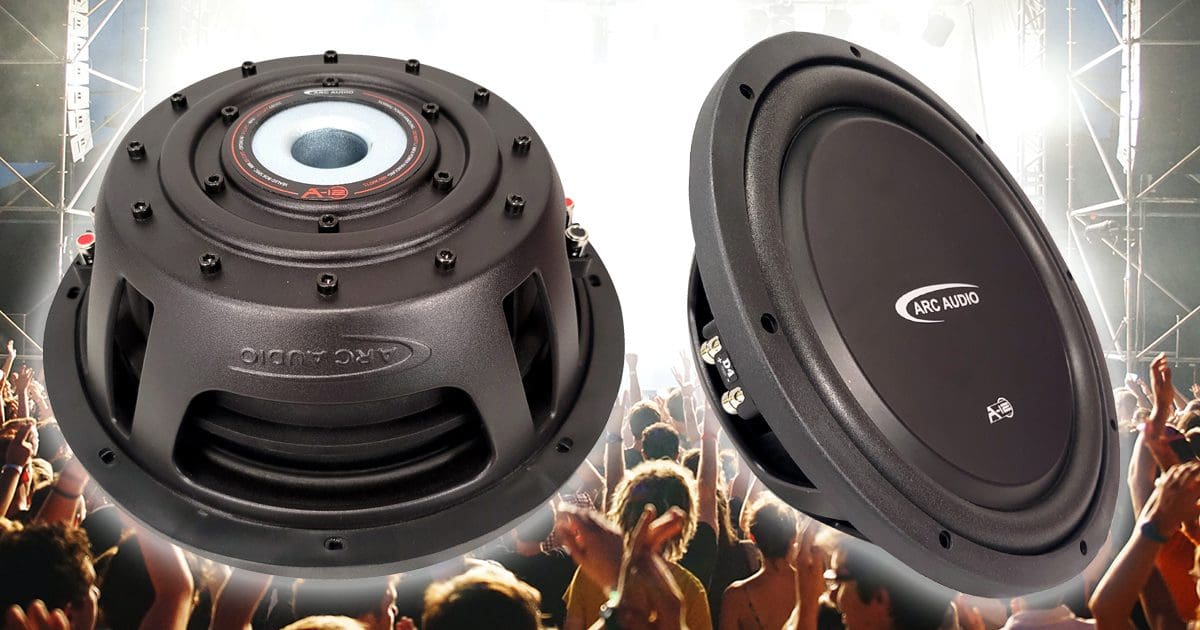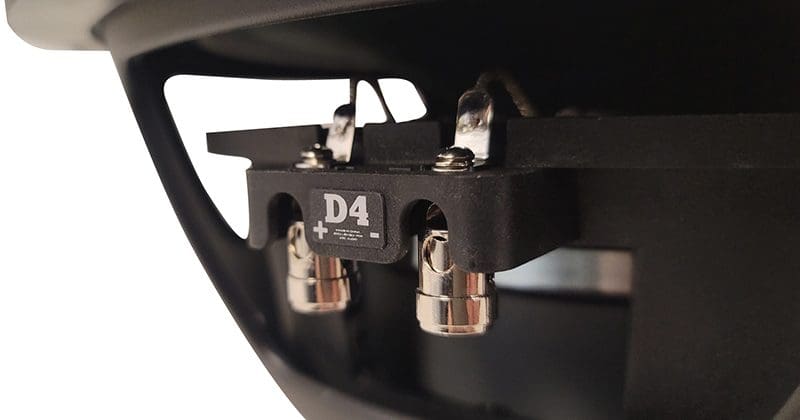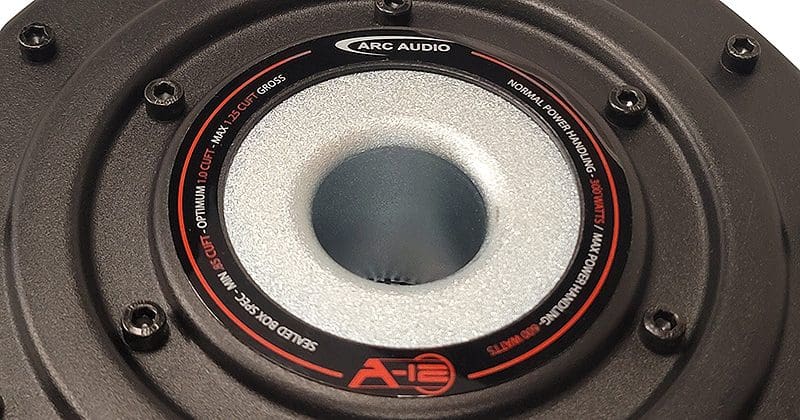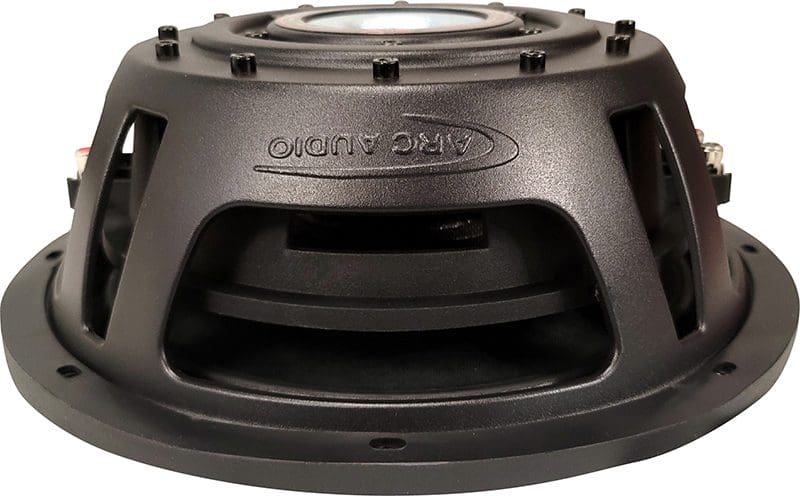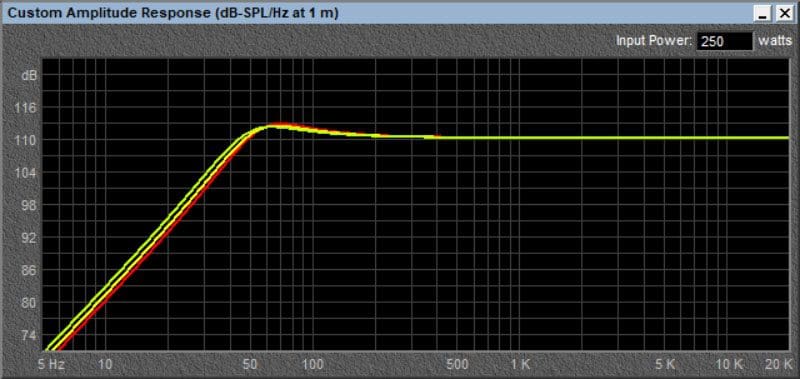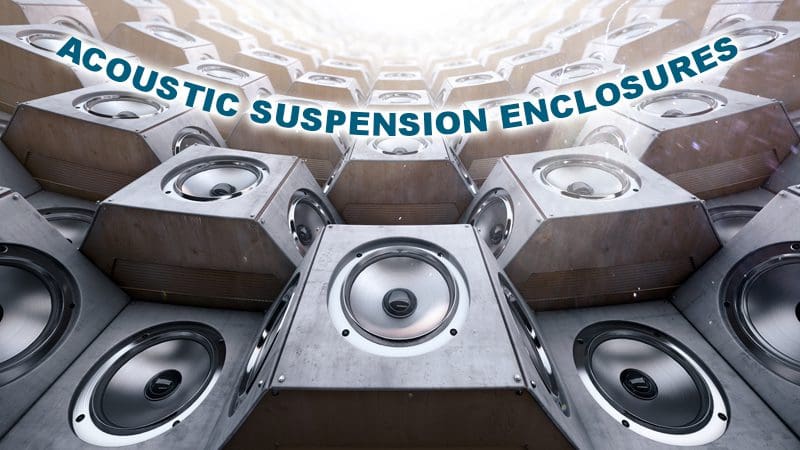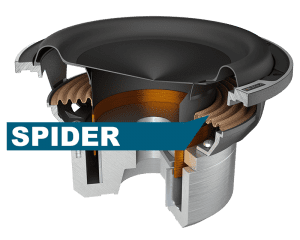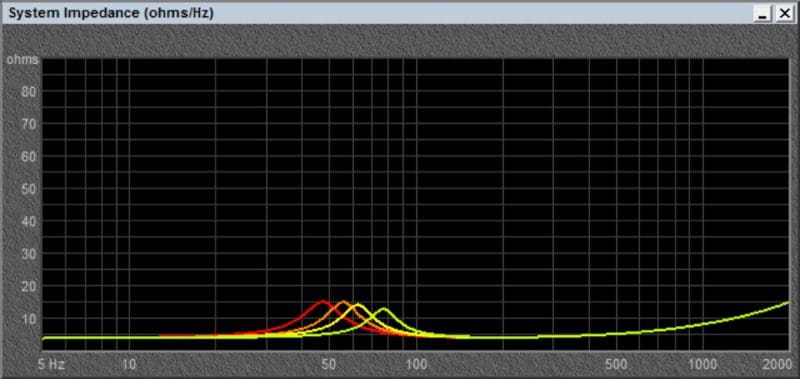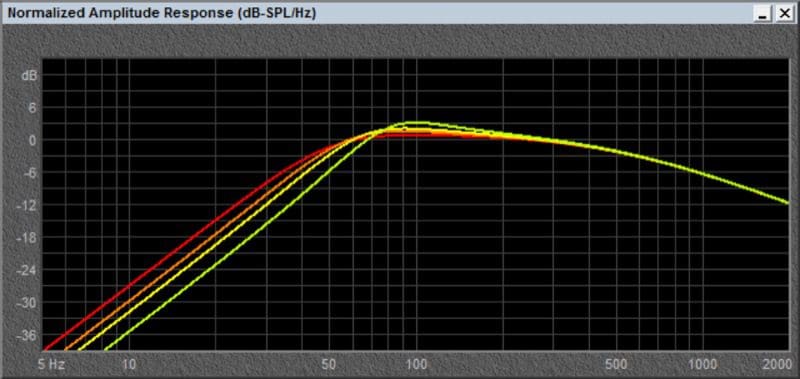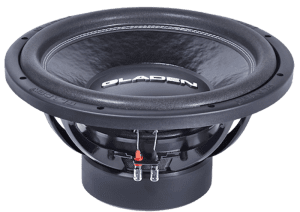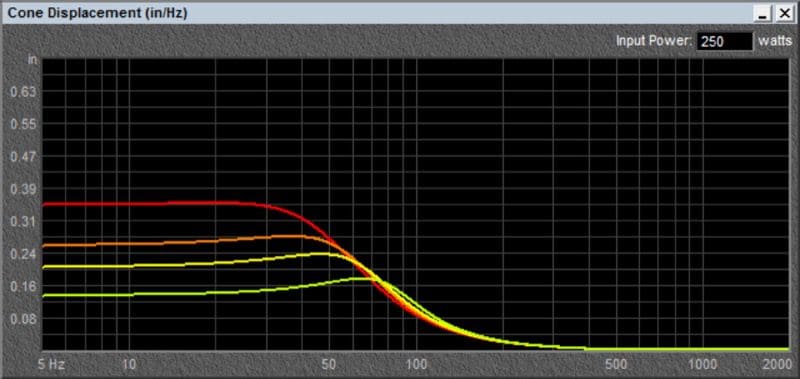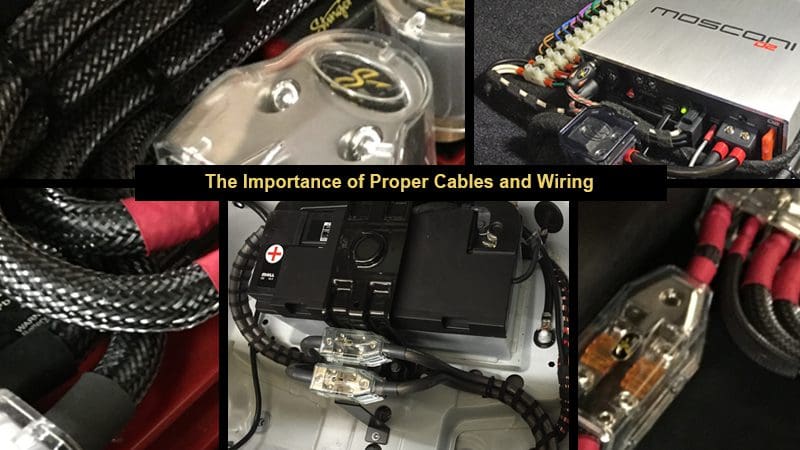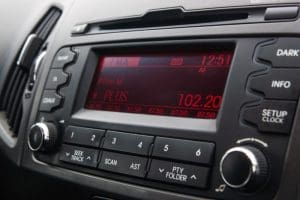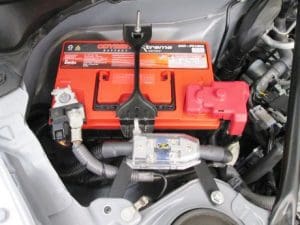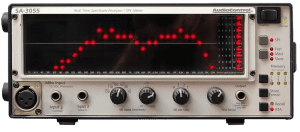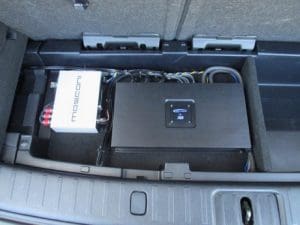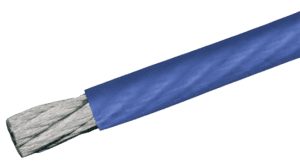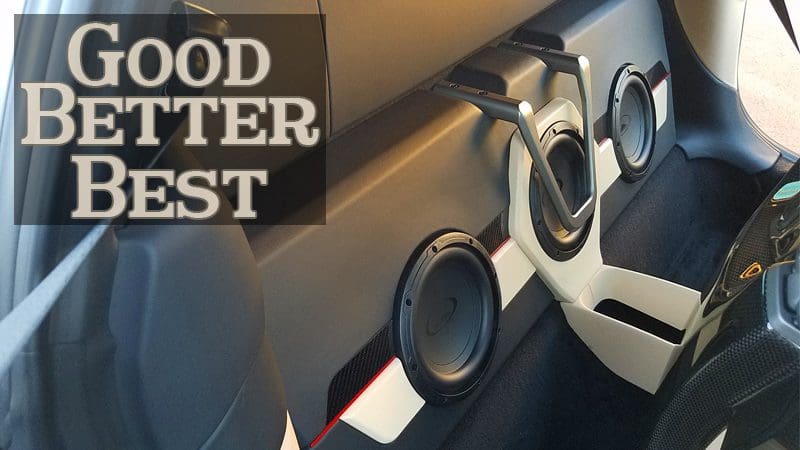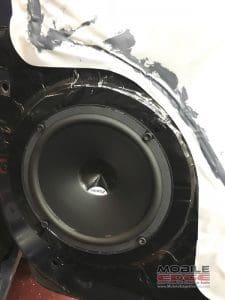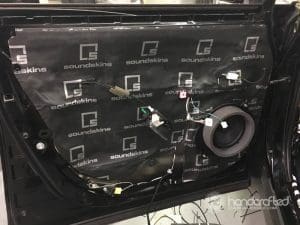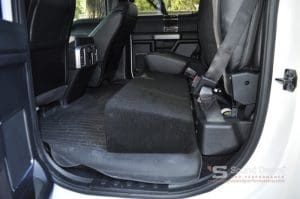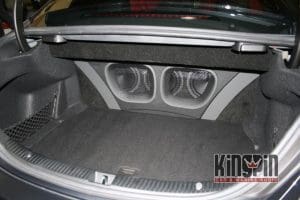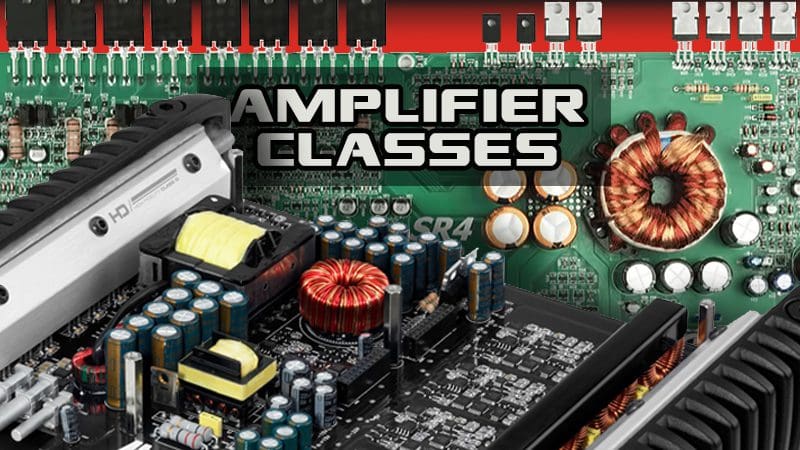 Amplifiers have a very tough job. They have to take a very low voltage signal and increase it in amplitude so it can drive a speaker. In this transformation, we expect the signal to remain pure – no distortion or no noise should be added. We also want significant amounts of power to drive our speakers, even though we only feed our amplifiers with a measly 12 to 14 volts of electricity. The laws of physics seem to want to work against us at every turn – but we prevail! Modern car audio amplifiers are amazing feats of engineering and design. This article looks at the two main types of amplifier classes used in the car audio industry and the benefits and drawbacks of each. Welcome to Class AB vs. Class D.
Amplifiers have a very tough job. They have to take a very low voltage signal and increase it in amplitude so it can drive a speaker. In this transformation, we expect the signal to remain pure – no distortion or no noise should be added. We also want significant amounts of power to drive our speakers, even though we only feed our amplifiers with a measly 12 to 14 volts of electricity. The laws of physics seem to want to work against us at every turn – but we prevail! Modern car audio amplifiers are amazing feats of engineering and design. This article looks at the two main types of amplifier classes used in the car audio industry and the benefits and drawbacks of each. Welcome to Class AB vs. Class D.
The Math behind how Amplifiers Make Power
No matter how we configure the components inside an amplifier, the goal is the same: Increase the voltage of the preamp audio signal so it can drive a speaker. Because the speakers we use are low in impedance (2 or 4 ohms for most midrange speakers), we need to be able to provide a significant amount of current to the speaker as well. This delivery of current to the speaker is the second task an amplifier has to undertake.
By way of some quick math, if a 4 ohm speaker is getting a 12V RMS signal, we can make a few calculations. To calculate the current flowing through the speaker, we divide the supplied voltage by the impedance of the speaker. In this example, we have 12 divided by 4, so 3 amps of current are flowing through the speaker wires and the voice coil. An easy way to calculate the power going to the speaker is to multiply the supplied voltage times the supplied current. The product of 12 times 3 is 36. This speaker is receiving 36 watts of power.
Let’s look at the same example as though this were a subwoofer amplifier. In this second example, we will assume we have a Dual 2 Ohm voice coil subwoofer with both coils wired in parallel to produce a 1 ohm load. If we supply this speaker with 12 Vrms of signal, then 12 amps of current flow through the speaker wire and the subwoofer. To calculate power, we multiply 12 times 12 to get 144 watts. 144 watts is a lot more power and current for the same amount of voltage.
General Amplifier Function Overview
Most amplifiers are composed of three or four key sections (or stages), depending on their design and complexity. The input stage is the portion of the amp where the low-level preamp audio signal enters the amp and receives any processing in the form of equalization or filtering.
An amplifier has a power supply. The power supply converts the supplied 12 to 14 V of direct current to positive and negative rail voltages. Let’s say, for example, a theoretical amplifier has +25 and -25V rails, relative to our ground reference. Depending on the size of the amp, there will be a driver stage. The driver stage is responsible for increasing the low-level audio signal to a higher voltage. How much the driver stage increases the voltage depends on how much power the amp will be making.
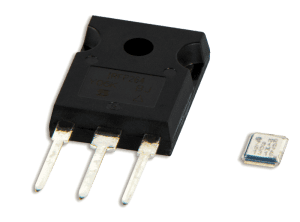
Finally, we have the output stage. The output stage is relatively simple – it does not significantly alter the signal coming from the driver stage, but the devices (MOSFETs or transistors) used to provide the output signal with the current the load requires. The power supply and the output stage are the two portions of the amp that do the most “hard work.” That is to say, they are the stages that pass a lot of current.
In almost all amps on the market, we use dedicated devices for the positive half of the waveform and separate devices for the negative half of the waveform. To clarify , if we measure the output signal of the amplifier about the vehicle ground, we will see that it swings back and forth above and below 0V. Think back to our +25 V and -25 V power rails. Speakers don’t care about the value of the signal being sent to them; all they care about is the difference in voltage from one end of the voice coil to the other end.
Class AB Amplifiers
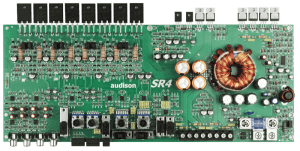 For this article, we are going to generalize Class AB amps into an Analog, Amplifier model. In our analog amplifier, we have large transistors in the output stage of the amp. When we want half of the positive rail voltage at the output, we feed half the voltage to the positive output device. When the signal goes negative, we turn off the positive device and start using the negative device only. Looked at a different way, the audio signal from the driver stage controls the resistance of the output devices and, subsequently, how much current can flow to the speaker.
For this article, we are going to generalize Class AB amps into an Analog, Amplifier model. In our analog amplifier, we have large transistors in the output stage of the amp. When we want half of the positive rail voltage at the output, we feed half the voltage to the positive output device. When the signal goes negative, we turn off the positive device and start using the negative device only. Looked at a different way, the audio signal from the driver stage controls the resistance of the output devices and, subsequently, how much current can flow to the speaker.
In an Analog Amplifier, the output devices can be “turned on” in varying amounts about the audio signal. This means the output devices are often acting as resistors. Power is wasted as heat when we pass current through a resistor. Keep this in mind as part of our comparison later in the article.
Class D Amplifiers
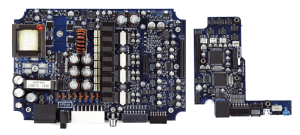 In a Class D amp, the output devices receive a control from a Controller Integrated Circuit (IC). This controller sends out a variable duty cycle square wave. The square wave amplitude is high enough that it turns the output devices all the way on or off. The output devices spend very little time operating as resistors and act more like switches.
In a Class D amp, the output devices receive a control from a Controller Integrated Circuit (IC). This controller sends out a variable duty cycle square wave. The square wave amplitude is high enough that it turns the output devices all the way on or off. The output devices spend very little time operating as resistors and act more like switches.
The logical question is, how in the world do we get music out of a square wave? If you thought that, good for you! The frequency of the square wave is much higher than the maximum frequency of our music. In fact, some modern Class D amplifiers switch the output devices at frequencies as high as 600 kHz.
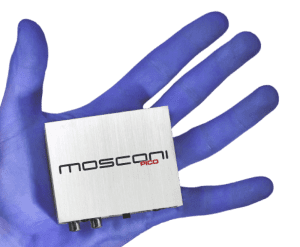
To recreate music, the Class D controller sends out a signal that is Pulse Width Modulated. The amount of “on” time about the “off” time determines the output level of the signal. As a very general analogy, if the positive output devices were sent a square wave with a 50% duty cycle (on for as much time as it was off), then the average of the output would be 50% of the positive rail voltage. If the square wave is on for 75% of the time, then off for 25%, then we would get 75% of the rail voltage at the output.
As you can imagine, the signal from the Class D controller is quite complex. It has to modulate the duty cycle of the square wave going to the positive and negative devices fast enough to accurately recreate the audio signal. It also has to control both the positive and the negative output devices separately.
Benefits and Drawbacks of Analog Amplifiers
Because the audio signal in an analog amplifier is never chopped up into tiny pieces, analog amplifiers can remain faithful to the original signal. The best-sounding amplifiers in the mobile electronics industry are analog. Analog amplifiers are, historically, given a reputation for accurate high-frequency response.
The drawback of an analog amplifier is its efficiency. Efficiency describes how much energy is wasted as heat as compared to the energy sent to the speaker. Because of the output devices in an analog amplifier work as variable resistors, they get hot. Typical analog amplifiers operate in the 70-80% efficiency range regarding total efficiency, while operating at full power. That missing 20-30% is released as heat. At lower output level, the efficiency drops even more.
Benefits and Drawbacks of Digital Amplifiers
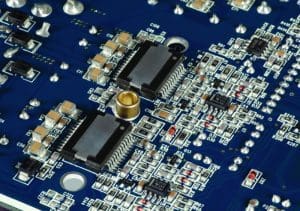
Modern digital amplifiers switch at extremely high frequencies. We see amps capable of audio frequency response beyond 50 kHz, and some that exceed 70 kHz. This performance is a long way from the first Class D amps that were only for subwoofers and struggled to produce audio above 5 kHz. That said, because digital amplifiers require filter networks at the end of the output stage, they still cannot quite match the performance of a premium analog amp. With this information in mind, consider that there are some good digital amplifiers that sound better than many poorly designed analog amplifiers.
Because the output devices of a digital amplifier rarely operate in their resistive range, these amplifiers can be very efficient. A well-designed Class D amp can have an efficiency around 92%.
Another problem with Class D amplifiers is noise. Because the output devices are driven by a square wave, there is a lot of high-frequency energy in the output signal. The filter network we talked about removes much of that from the output signal, but that energy can still have detrimental effects on other systems in the vehicle. An unfortunately common trait for many Class D amps is that they cause interference with radio reception when in operation.
Choosing Between Amplifier Classes
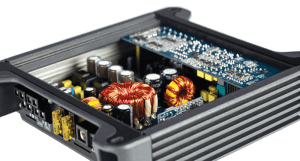 It would be nice if we could formulate a set of hard-and-fast rules for choosing the right amplifier for your system. With so many variations on each kind of amp at so many different price points, that is truly impossible. We strongly suggest that the only way to pick an amp is to compare one to another under controlled conditions: Use the same music and the same speakers, and listen at the same volume. You will hear differences in frequency response and dramatic differences in imaging and staging capabilities.
It would be nice if we could formulate a set of hard-and-fast rules for choosing the right amplifier for your system. With so many variations on each kind of amp at so many different price points, that is truly impossible. We strongly suggest that the only way to pick an amp is to compare one to another under controlled conditions: Use the same music and the same speakers, and listen at the same volume. You will hear differences in frequency response and dramatic differences in imaging and staging capabilities.
Is one kind of amp better than the other? For an installation dedicated purely to sound quality, the choice is clear. For an installation where power delivery is limited or massive amounts of power are required, the choice is clear there as well. In the middle, it depends on your application and budget.
Drop in at your local mobile electronics specialist retailer to find out about the latest amplifiers on the market. They would be happy to help you choose one that meets your application and works with your budget.
This article is written and produced by the team at www.BestCarAudio.com. Reproduction or use of any kind is prohibited without the express written permission of 1sixty8 media.
